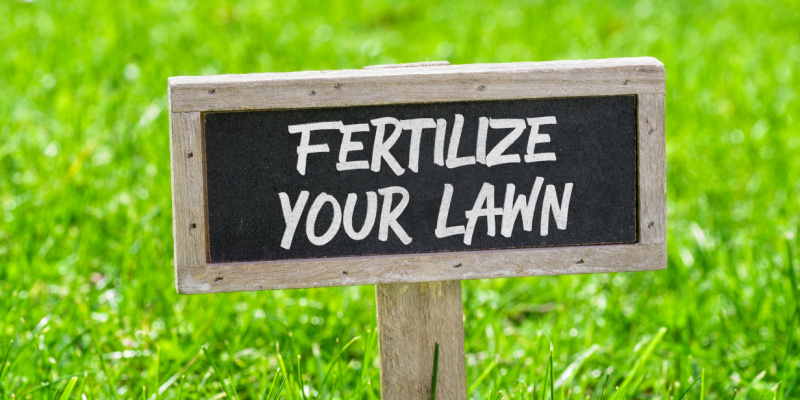Maintaining a lush and healthy lawn requires a combination of proper watering, regular mowing, and adequate fertilization. Fertilizing your lawn is a crucial aspect of its overall health, as it provides essential nutrients that promote growth and vitality. However, knowing how often to fertilize can be a bit of a puzzle for many homeowners. This blog will explore the factors influencing fertilization frequency and provide some guidelines to help you determine the best schedule for your lawn.
Understanding Your Lawn’s Needs
Before determining the frequency of fertilization, it’s important to understand your lawn’s specific needs. Factors such as grass type, climate, soil conditions, and overall health play a significant role in determining how often you should fertilize. In addition, different grass species have varying nutrient requirements, and a soil test can help identify any deficiencies that need to be addressed.
Seasonal Fertilization
In general, lawn fertilization is best done during the active growth periods of your grass. For warm-season grasses, such as Bermuda grass or St. Augustine grass, the prime growing season is typically in the late spring to summer. In this case, you should consider fertilizing every 6 to 8 weeks during this warm period. Cooler-season grasses, like Kentucky bluegrass or fescue, have their peak growth period in the fall and spring. For these grasses, a fertilization schedule of 4 to 6 weeks during the active growth seasons is generally recommended.
Slow-Release vs. Quick-Release Fertilizers
When choosing a fertilizer, consider whether it is slow-release or quick-release. Slow-release fertilizers gradually release nutrients over an extended period, providing a steady supply to the grass. These types of fertilizers are generally more forgiving and require fewer applications. On the other hand, quick-release fertilizers provide an immediate burst of nutrients but require more frequent applications to sustain lawn health. It’s advisable to opt for slow-release fertilizers to achieve longer-lasting results and minimize the risk of nutrient runoff.
Lawn Condition and Appearance
The condition and appearance of your lawn are excellent indicators of its nutrient needs. For example, if your yard looks healthy, with vibrant green color, and is growing well, you may not need to fertilize as frequently. On the other hand, if you notice signs of nutrient deficiency, such as yellowing, slow growth, or thinning patches, it may be time to fertilize more often. Regularly monitoring your lawn’s health and adjusting your fertilization schedule accordingly is key to maintaining its vitality.
Environmental Considerations
It’s crucial to consider environmental factors when determining fertilization frequency. Over-fertilization can harm the environment by contributing to water pollution. Nutrients from excess fertilizer can leach into groundwater or runoff into nearby water bodies, leading to algae blooms and harming aquatic life. Always follow the recommended application rates and timings specified on the fertilizer packaging to prevent over-application.
Fertilizing your lawn is an essential aspect of its care, and this guide can help you determine the correct frequency. With the right approach to fertilization and with the help of your experts at Weed Busters, you can ensure that your lawn remains healthy, vibrant, and the envy of the neighborhood. Happy fertilizing!

